15Salads with High-fat Salad Dressings
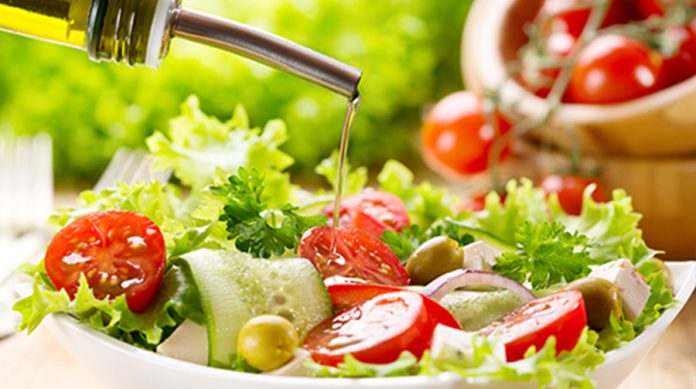
Advertisements
High-fat salad dressing is enough to ruin your entire meal. The common ingredients in a green salad – lettuce and tomatoes – have almost no calories. Therefore, the salad dressing determines the majority of the caloric content of the salad. Because most salad dressings are high in fat, they make the entire salad into a Bad Calorie choice.
High-fat salad dressings pose an additional problem – and opportunity. Since they are usually eaten at the beginning of a meal, the fats in salads will affect how you digest the carbohydrates contained in the main courses. If your salad is high in saturated fats, then it is likely to increase the formation of fat. If it is high in unsaturated fats, then it will decrease the fat-forming ability of the rest of the meal. Thus, an olive-oil dressing may actually reduce the fat-forming capacity of the food that follows.
Remember that the total fat content of your entire meal must be less than 30 per cent. Therefore, if you start with a fatty salad dressing, then the rest of the meal must be correspondingly low in fat.
Many dieters eat lunches that consist only of salads because salads are low in calories. This is a prime example of how calorie counting can lead you to choose the wrong foods.
14Wheat Bread
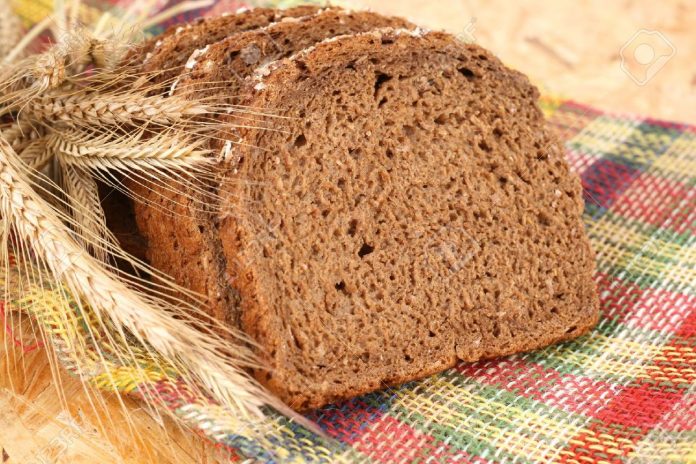
Common wheat bread is one of the worst Bad Calories. French bread can have twice the fat-forming capacity of sugar. Yet, what is immediately brought to the table when we dine out?
A basket of bread. And what do we do? We eat it. By the time our meal arrives, the bread has already raised our blood sugar and insulin, diverting all other food, even Good Calories, into the synthesis of fat. Our appetite also increases. Eliminating bread before meals seems to be one of the easiest paths to quick weight loss.
It does not matter whether it is white-wheat or dark-wheat bread. It is the refining process that makes wheat so fattening. Even whole-wheat flour and health-food wheat breads are Bad Calories if they are finely ground or do not contain the majority of their weight in whole kernels.
If a bread dissolves in your mouth, then it is certainly a Bad Calorie. Oat bread and most barley breads should also be avoided.
One more caution; many bakeries proclaim that their goods are diet products solely because the items are low in fat. Don’t be fooled; these baked goods are not acceptable on the Good Calorie Diet. Lowering their fat content does not lower the potential of these products to raise blood sugar; in fact, it can raise their glycaemic index.
13White Potatoes
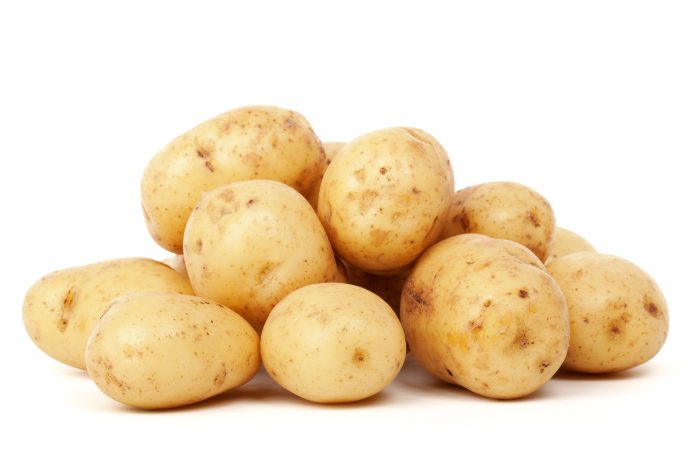
White potatoes have one-third more fat-forming capacity than sugar. Dieters sabotage themselves whenever they eat white potatoes without combining them with Good
Calories.
It is suggested to have a white potato by adding a little olive oil to reduce the glycaemic index. But be careful to do so only when the rest of the meal is low in fat. You do not want to make a high-fat meal even higher in fat.
White potatoes make even more fat when they are processed into instant mashed potatoes. You may think you are avoiding instant potatoes because a product is not labelled as such. However, many restaurants use instant potatoes, and several fast-food chains manufacture their chips from instant potatoes.
And, of course, white potatoes are usually served as a side dish with animal protein, such as meat, fish and poultry. That combination increases the formation of fat and suppresses appetite controls.
Yams and sweet potatoes are Good Calorie alternatives to potatoes, with two-thirds less the fat-forming capacity of white potatoes.
12Instant and Overcooked Rice
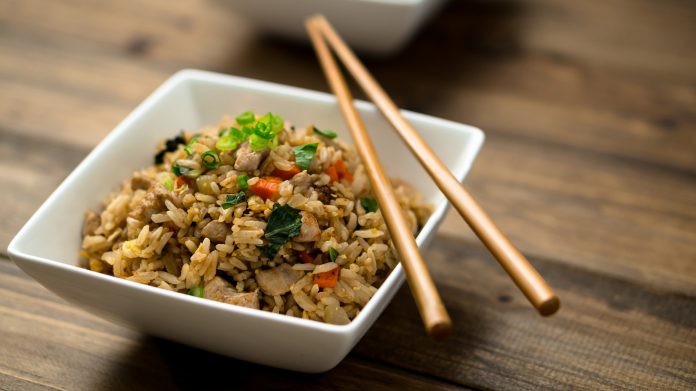
Rice is a Good Calorie, but instant rice is a Bad Calorie. Instant rice has twice the fat-forming potential of regular rice. If there is any question as to whether a rice is instant, examine the uncooked grains. If the grains are smooth, they are probably regular rice; if they are rough, they are probably instant.
Overcooking rice can double its fat-forming potential, creating a Bad Calorie. The glutenous rice found in many Chinese restaurants is over-cooked, as is the rice found in many convenience foods, frozen and packaged. These rice dishes are easily identified because the rice grains are not firm and they instantly coagulate into lumpy masses.
When you encounter convenience foods based on rice, it sometimes helps to cook them for less than the recommended time. Then you should examine the cooked product. If the rice grains do not coagulate, your cooking methods have helped it become a Good Calorie.
11Corn
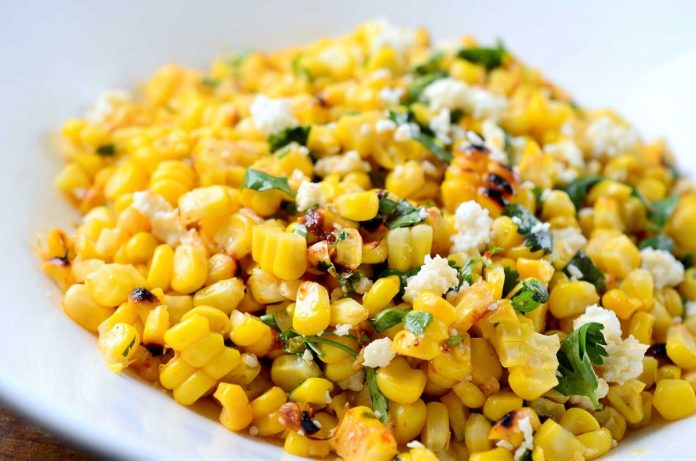
Modem corn was developed to fatten cattle for market. Therefore, it should be no surprise that com creates high amounts of blood sugar and fat. Both fresh corn and corn products, such as com chips and corn flakes, should be avoided.
Just as with white potatoes, it is sometimes hard to resist corn on the cob with a light coating of olive oil. However, it is only recommended to eat it only when the rest of the meal is low in fat.
10Breakfast Cereals
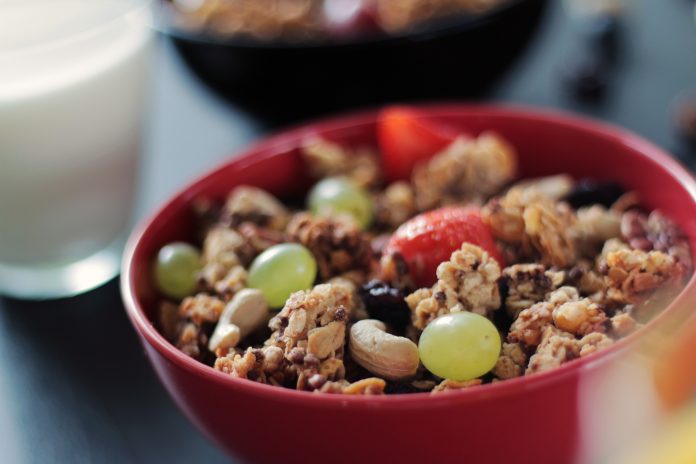
A morning bowl of cereal is one of the principal causes of obesity. Most breakfast cereals are made from wheat or corn flour and exhibit the high glycaemic indexes common to these products. Likewise, puffed rice has the same high glycaemic index as rice cakes. Cereals with high glycaemic indexes are why many of us feel so bad in the morning.
Frequently, we follow cereal with an order of eggs, another source of protein. This combination of protein and starch is extremely fattening.
Advertisements
Starting the day with cereal evokes high levels of insulin and ensures that lunch and supper will create extra fat since breakfast has activated your fat-forming enzymes.
Slow-cooked oatmeal appears to be a safe breakfast cereal. But this does not mean that other oat cereals are Good Calories. The food processing involved in converting oats into instant oatmeal, flakes, or other forms of dry cereals raises their glycaemic index to that of sugar. The oats in granola, muesli, and even oat-bran cereals are equally bad; all these cereals have high glycaemic indexes. High fiber bran cereals, however are generally Good Calories.
9Canned Soups
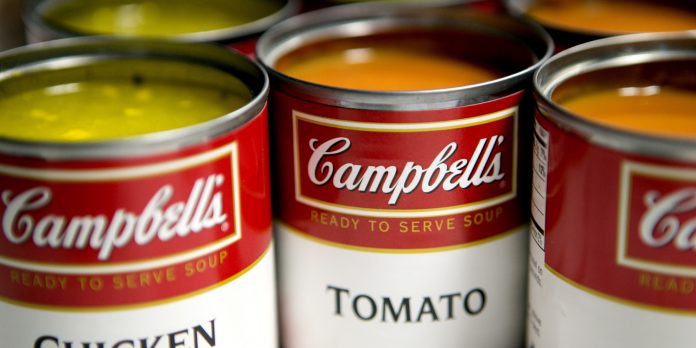
You must be careful to choose low-fat soups that do not fall into the following traps. The greatest problem is a high-fat content, so read the label. Also, many companies add food starch, a Bad Calorie, to make their soups thicker. If a canned soup has a substantial pasta or bean content, it probably counts as a Bad Calorie because canning increases the glycaemic index of starches and legumes. Similar problems apply to dehydrated soups.
However, a careful analysis of the glycaemic index of soups is frequently impossible without expensive laboratory measurements.
8Dried Fruits
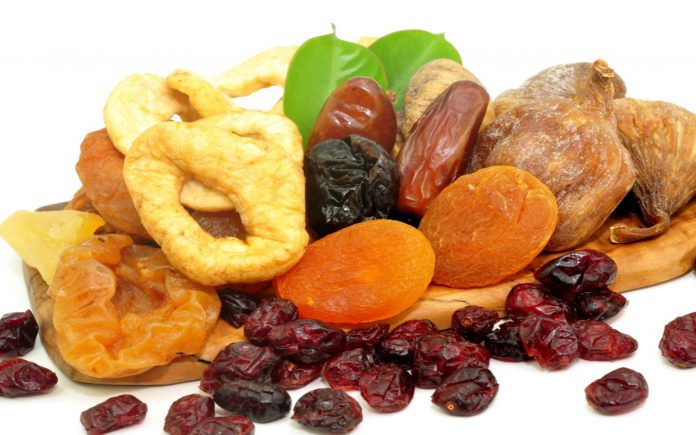
Drying fruits concentrates their natural sugars and raises their glycaemic indexes. For example, the glycaemic index of raising is triple that of grapes.
Therefore, you should avoid raisins, dates, dried apples, dried apricots and dried peaches. Soaking dried fruits or nuts does not change substantially their glycaemic indexes.
7Sugar and Honey
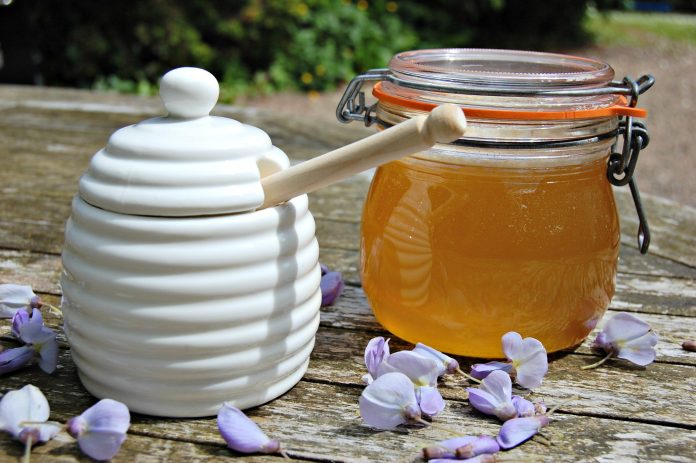
Obviously, you should avoid table sugar. What is not so obvious is that honey has a greater fat-forming capacity than sugar.
It is recommended to substitute artifice sweeteners. Unfortunately, some people have the same insulin reaction to artificial sweeteners as they do to natural ones. To determine if you are susceptible to artificial sweeteners, see if you have the same reactions (lightheadedness, increased appetite, delayed lethargy) to both artificial and naturally sweetened drinks.
6Red Meat
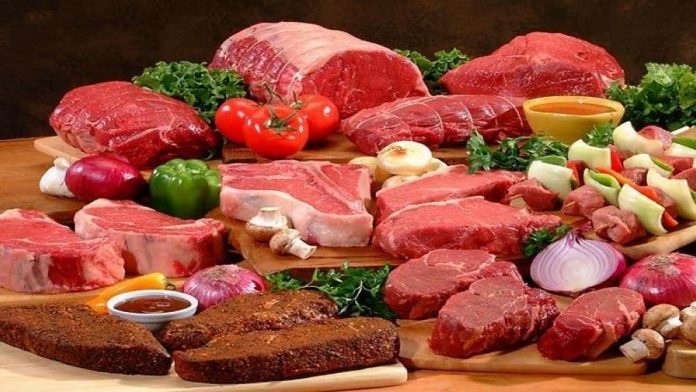
An important feature of the Good Calorie Diet is that you eat protein and starches or fruit in separate meals. Eat protein early in the day rather than late in the evening. Separate meals containing protein from the next food by several hours. Avoid successive meals that feature protein.
Remember to limit your intake of protein and saturated fat. Since red meats are uniquely high in both protein and saturated fats, you should eat red meat sparingly, not in successive meals. Eat only low-fat meats. Most types of beef derive more than 30 per cent of their calories from fat; although some types fall between 31 per cent and 40 per cent and so can be eaten occasionally, according the diet’s guidelines.
5Alcohol
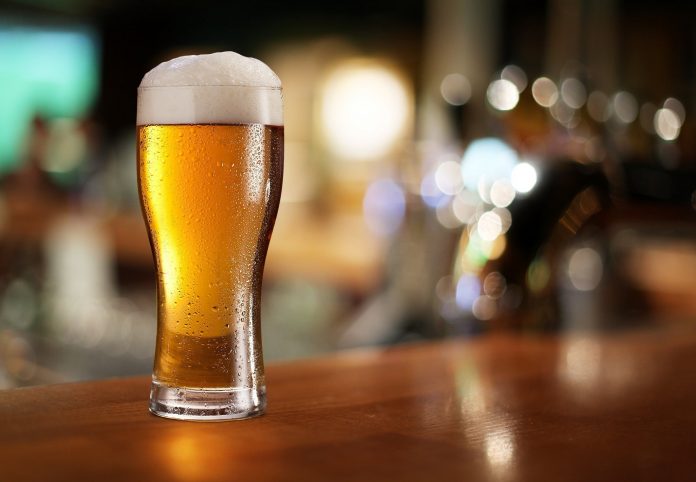
Preliminary evidence suggests that alcohol will make all other foods behave as if they are
Bad Calories. Thus, consuming alcohol before a meal will raise the effective glycaemic index of the whole meal.
Consume all alcohol two to three hours after or before a meal. Avoid drinking alcohol on an empty stomach.
4Fresh-squeezed Juices
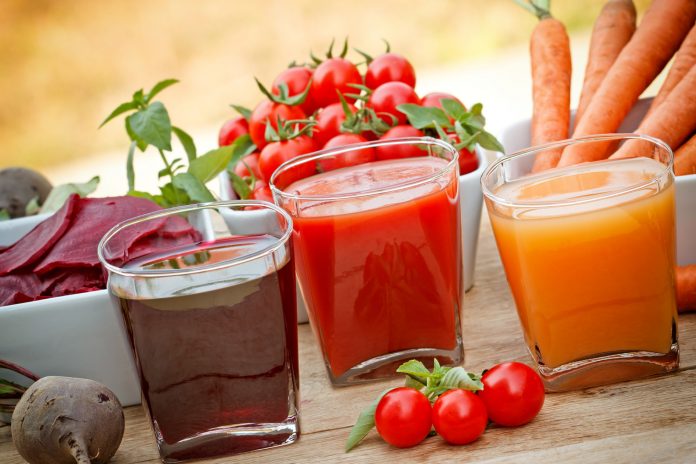
Juicing a fruit can raise its glycaemic index. In general, the more pulp left in the juice, the lower the glycaemic index will be. Some juices, such as carrot, beetroot and celery, are almost always Bad Calories.
Juicers create drinks that give you the same sugar rush that you used to get from fizzy drinks.
3Overcooked Foods
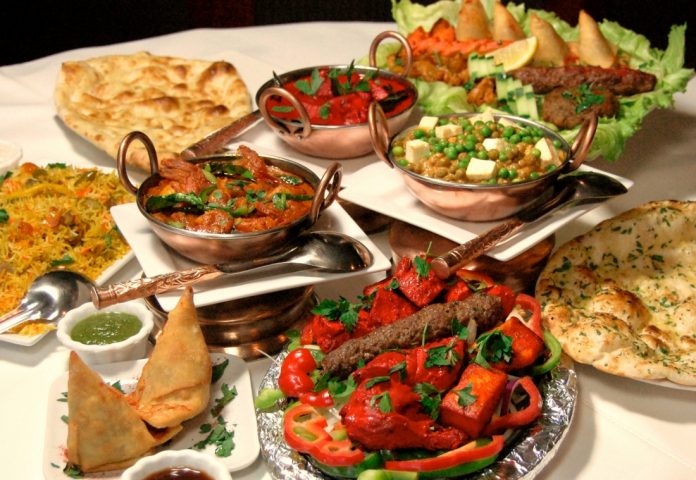
Overcooking can double the fat-forming potential of carbohydrates. But not all carbohydrates have an increased glycaemic index after overcooking. Potatoes and rice do, but the thicker forms of spaghetti do not. Avoid overcooking any starchy carbohydrate, since it is not known which ones will have an increased glycaemic index after overcooking.
Just by ordering a food lightly cooked or lightly steamed you can decrease its fat-forming potential.
2Instant or Processed Foods
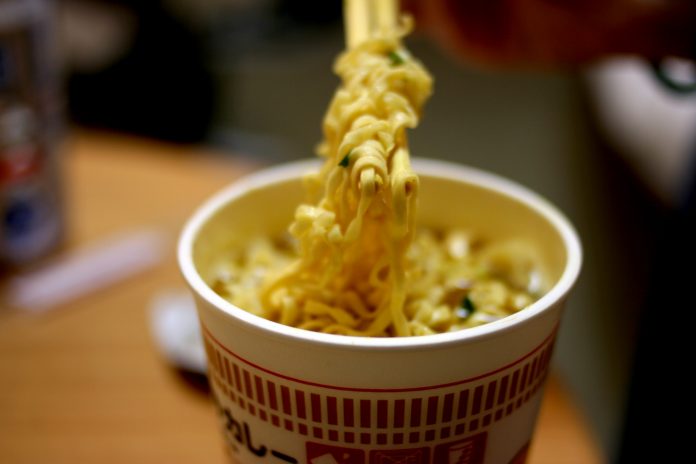
Remember, the more processed the food, the more blood sugar it makes. Forms of food processing that increase the glycaemic response are precooking and enzymatic digesting to make instant foods, grinding, extruding, flaking and popping.
A good general rule is to avoid any form of processed starchy food.
1Popcorn
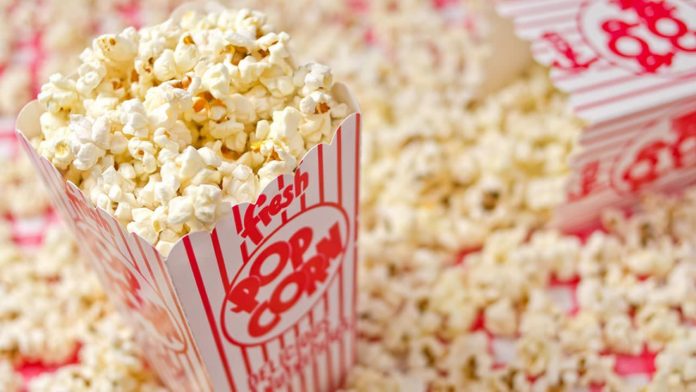
Advertisements
Popcorn has traditionally been used as an appetite suppressant. However, it has a high glycaemic index and will actually increase your appetite.
Buttering popcorn just increases its glycaemic index. However, adding a little corn-oil spread or olive oil will lower the glycaemic index to acceptable levels. Then your only problem is that you are eating a high-fat snack.

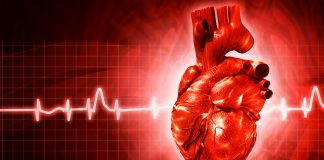
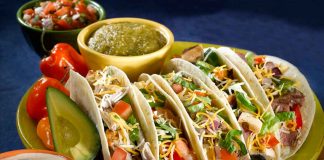

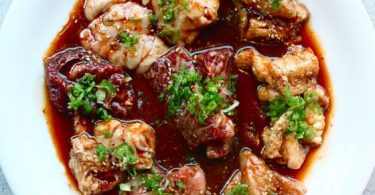
Comments